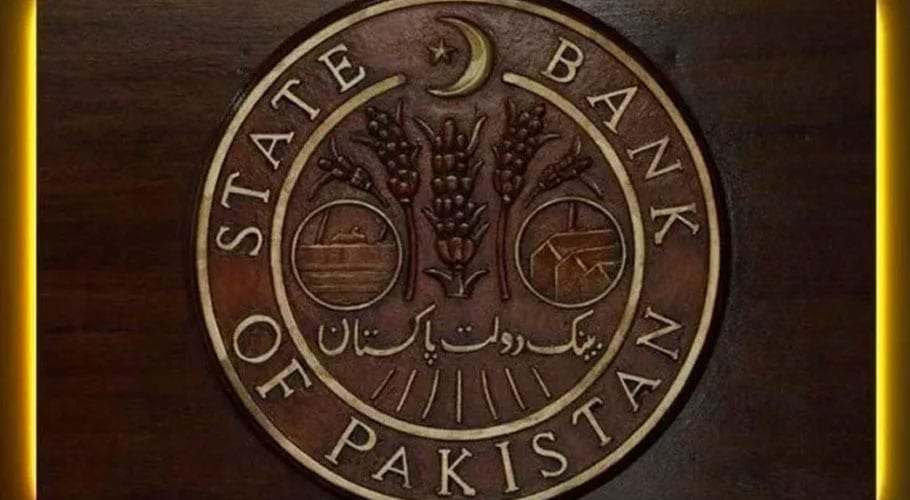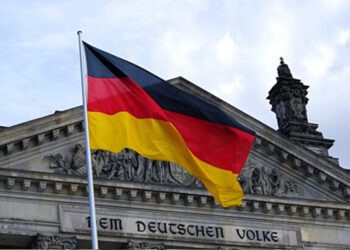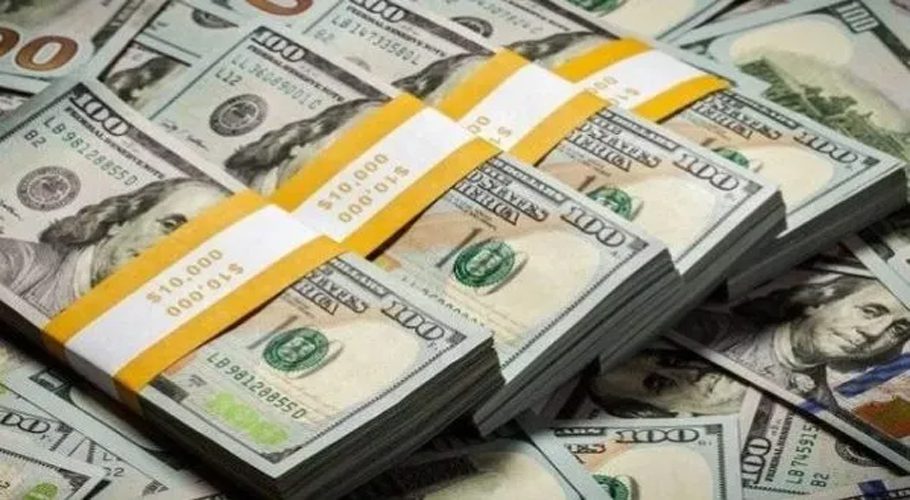KARACHI: The State Bank of Pakistan (SBP) today (Monday) has announced to maintain the policy rate at seven percent in its new monetary policy.
The Monetary Policy Committee (MPC) noted that since the last meeting in September, the domestic recovery has gradually gained traction, in line with expectations for growth of slightly above 2 percent in FY21, and business sentiment has improved further.
The recent rise in COVID-19 infections in Pakistan and many other countries presents considerable downside risks. On the upside, while it could take some time to fully implement worldwide, there have been recent encouraging news on vaccine development.
On the inflation front, recent out-turns have been on the higher side, primarily due to increases in food prices. However, these supply-side pressures are likely to be temporary and average inflation is expected to fall within the previously announced range of 7-9 percent for FY21. Taken together, risks to the outlook for both growth and inflation appear balanced.
The MPC viewed that overall financial conditions remain appropriately accommodative, with the real policy rate remaining in slightly negative territory on a forward-looking basis. While private sector credit growth is moderate on a year-on-year basis, its month-on-month momentum is reverting to pre-COVID trends.
With higher risk aversion on the part of commercial banks, the expansion in credit to the private sector has been supported by SBP’s temporary and targeted refinance schemes introduced in the aftermath of the COVID-19 shock.
After falling sharply since January, headline inflation has remained close to 9 percent during the last two months, primarily driven by sharp increases in selected food items due to supply-side issues. In contrast, core inflation has been relatively moderate and stable, in line with subdued underlying demand in the economy.
In addition, recent SPI releases suggest a weakening in the momentum of food prices, as the government has taken various measures to address supply-side issues. Over the next few months, these measures, together with favorable base effects and spare capacity in the economy should help contain inflation.
The latest results of SBP surveys also lend support to this assessment, with inflation expectations of both businesses and consumers remaining well-anchored. Taking into account higher than expected recent out-turns due to supply-side factors and the absence of demand-side pressures on inflation, risks to the inflation outlook are balanced.
Meanwhile, Pakistan has invited the International Monetary Fund (IMF) to complete its second review of the country’s economy under the $6 billion loan programme, which has been on hold since the COVID-19 outbreak in Pakistan in February.
The organization has asked Islamabad to meet loan conditions including a hike in power tariff, additional measures for increase in tax collection, and making the central bank autonomous.
Earlier, the central bank slashed the policy rate by a cumulative 625 basis points in five revisions between March and June 2020 to support economic activities and help businesses and individuals stave off default on bank loans.



























![Local residents at the Swat River, which is overflowing due to pre-monsoon heavy rains in the area on the outskirts of Mingora, the main town of Pakistan's Swat Valley [Sherin Zada/AP]](https://mmnews.tv/wp-content/uploads/2025/06/Flooding-in-Swat-river-120x86.jpg)







